Stolen Dreams: The Heartbreaking Reality of the Stolen Generation and Their Treatment
Stolen Dreams: The Heartbreaking Reality of the Stolen Generation and Their Treatment
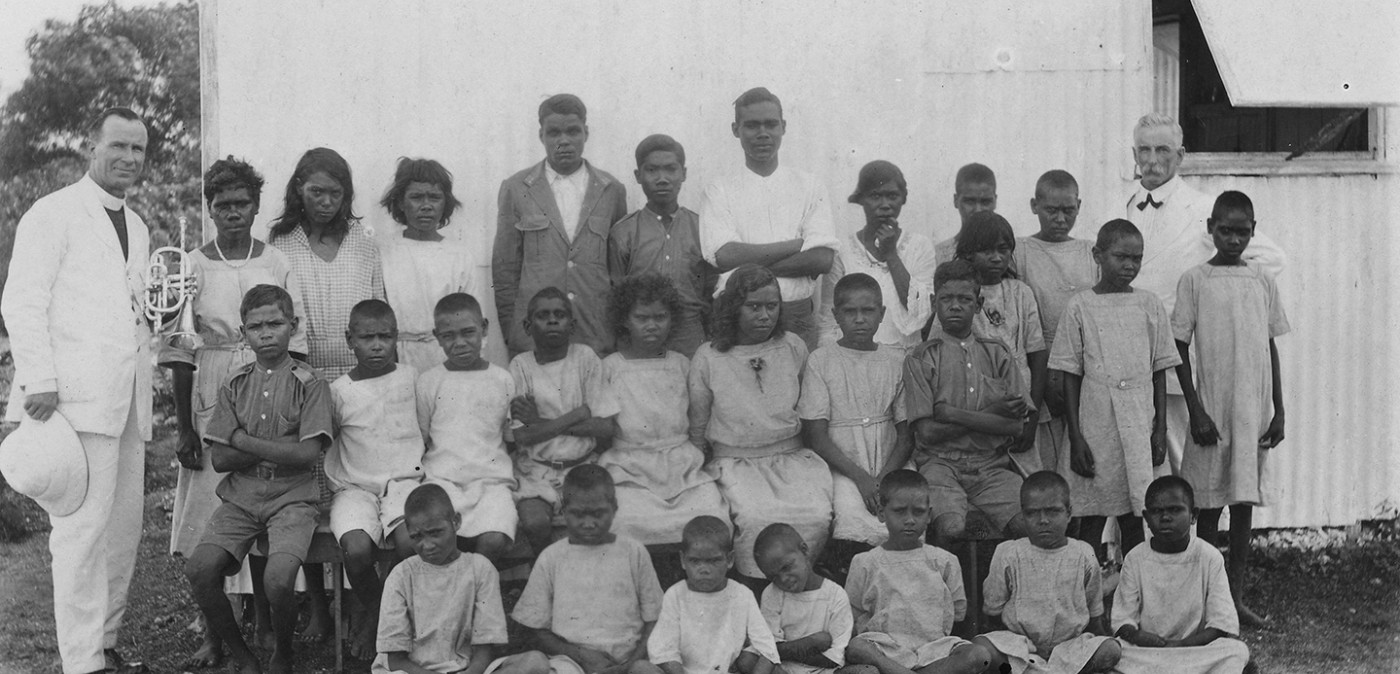
The Stolen Generation, a term used to describe Aboriginal and Torres Strait Islander children forcibly removed from their families by the Australian government between the 19th century and the 1970s, represents one of the darkest chapters in the nation’s history. This policy, fueled by misguided notions of assimilation and racial prejudice, ripped apart families and communities, leaving behind a legacy of pain, trauma, and cultural dispossession that continues to reverberate through generations.
This article delves into the harrowing reality of how these children were treated, exploring the devastating consequences of their removal and the ongoing struggle for recognition and healing.
Related Articles: Stolen Dreams: The Heartbreaking Reality of the Stolen Generation and Their Treatment
- The Djangradi: Guardians Of The Western Desert’s Timeless Stories
- Beyond Bush Tucker: Exploring The Rich Culinary Heritage Of Aboriginal Australia
- Capturing The Essence Of The Outback: A Guide To Australian Native Flora Drawings
- Weaving Stories, Weaving Identity: Aboriginal Storytelling In Cinema And Its Enduring Legacy
- Unveiling The Tapestry Of Language: A Journey Into Western Australia’s Indigenous Tongues
The Roots of a Cruel Policy:
The Stolen Generation policy was rooted in a belief that Aboriginal and Torres Strait Islander children were "better off" being raised in white society, where they would supposedly be "civilized" and integrated into mainstream Australian culture. This paternalistic ideology, fueled by racist attitudes, disregarded the inherent strength and resilience of Indigenous cultures and communities.
The Painful Reality of Removal:
The removal of children was often conducted with brutality and disregard for their emotional well-being. Many were taken from their families without warning, separated from their siblings, and transported to institutions far away from their homes and loved ones. The emotional trauma inflicted by this forced separation was profound, leaving many children feeling abandoned, confused, and deeply hurt.
Life in Institutions:
The institutions where these children were placed were often harsh and uncaring environments. They were subjected to strict rules, physical punishments, and a complete suppression of their Indigenous identity. Traditional languages, customs, and beliefs were actively discouraged, replaced with European values and practices.
The Impact of Cultural Dispossession:
The systematic stripping away of their cultural heritage had devastating consequences for the Stolen Generation. They were denied the opportunity to learn about their ancestors, traditions, and language, leading to a profound sense of loss and disconnection from their own people. This cultural dispossession also made it difficult for them to understand their own identity and find their place in society.
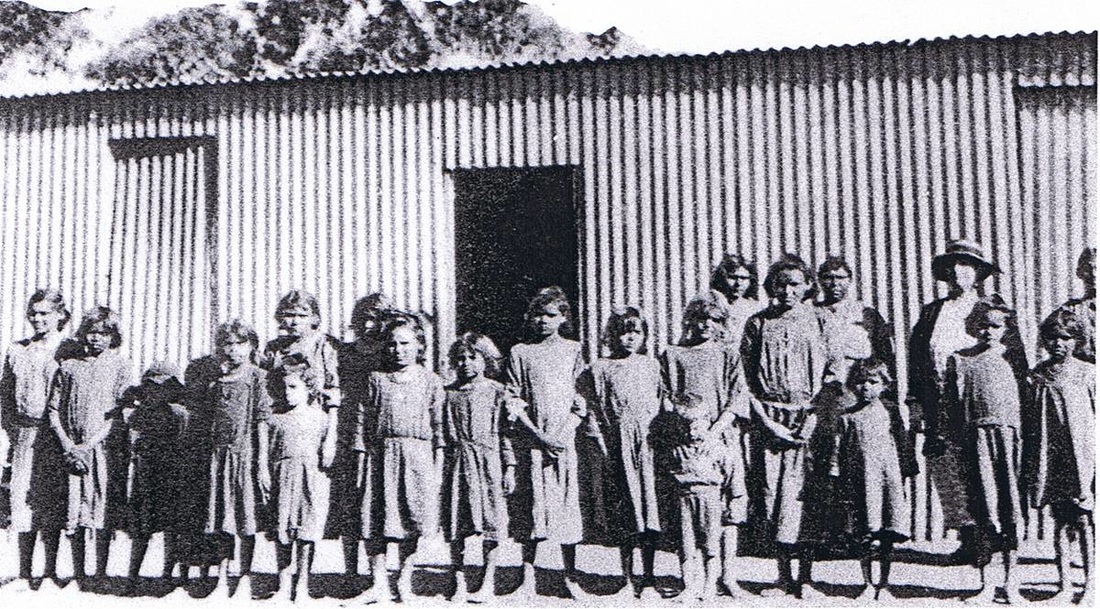
The Long-Term Consequences:
The trauma of being stolen from their families and denied their cultural heritage had long-lasting impacts on the Stolen Generation. Many suffered from physical and mental health problems, including depression, anxiety, and substance abuse. The loss of family and community also contributed to feelings of isolation and alienation.
The Fight for Recognition and Healing:
The Stolen Generation has fought tirelessly for recognition and healing. In 1997, the Bringing Them Home report documented the devastating impact of the policy and made recommendations for redress. While the Australian government formally apologized for the Stolen Generation in 2008, the journey towards reconciliation and healing is ongoing.
The Legacy of the Stolen Generation:
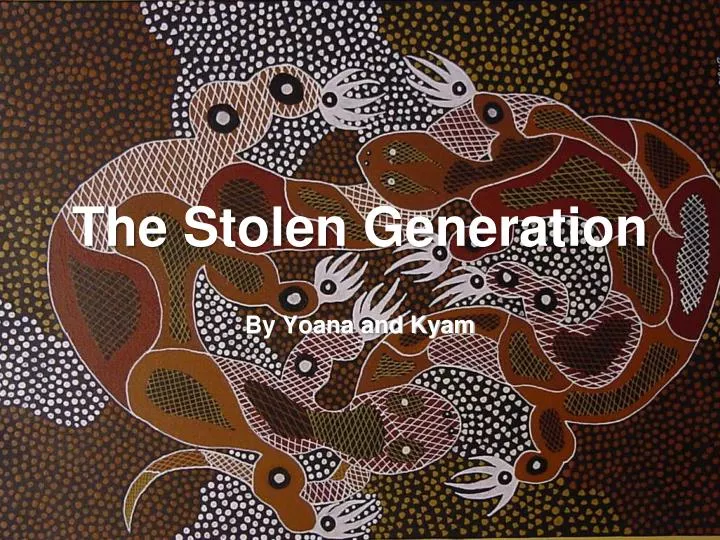
The Stolen Generation continues to leave a profound mark on Australia. Their experiences have shaped the ongoing struggle for Indigenous rights and recognition, highlighting the importance of acknowledging the past and working towards a more just and equitable future.
Moving Forward: A Path Towards Reconciliation:
Reconciliation requires a commitment to understanding the past, acknowledging the pain inflicted, and actively working towards a future where Indigenous Australians are respected, empowered, and able to thrive. This includes:
- Continuing to listen to the stories of the Stolen Generation and their descendants.
- Supporting initiatives that promote cultural preservation and language revitalization.
- Addressing the ongoing disparities in health, education, and social outcomes for Indigenous Australians.
- Promoting intergenerational healing and reconciliation between Indigenous and non-Indigenous Australians.
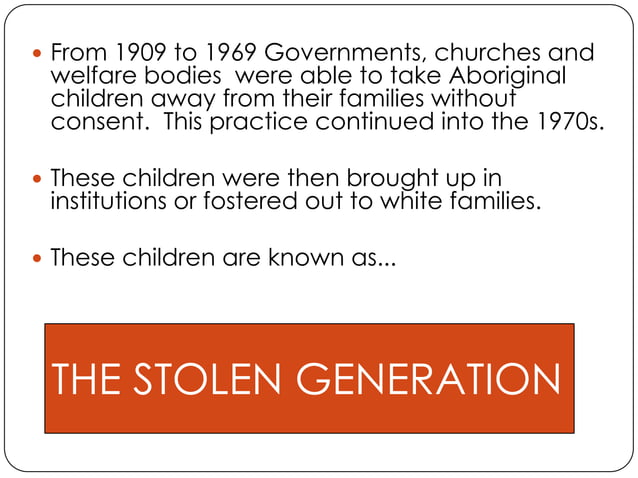
The Stolen Generation is a stark reminder of the devastating consequences of racism and discrimination. Their stories are a powerful call to action, urging us to learn from the past, confront the injustices of the present, and work towards a future where all Australians are treated with dignity and respect.
FAQ: How Were the Children of the Stolen Generation Treated?
Q: What were the main reasons for the removal of Aboriginal and Torres Strait Islander children?
A: The primary reasons for the removal of children were based on misguided notions of assimilation and racial prejudice. The government believed that Indigenous children were "better off" being raised in white society, where they would be "civilized" and integrated into mainstream Australian culture.
Q: What were the living conditions like in the institutions where these children were placed?
A: The institutions were often harsh and uncaring environments. Children were subjected to strict rules, physical punishments, and a complete suppression of their Indigenous identity. Traditional languages, customs, and beliefs were actively discouraged.
Q: What were the long-term consequences of being forcibly removed from their families and communities?
A: The trauma of removal had long-lasting impacts on the Stolen Generation, leading to physical and mental health problems, feelings of isolation and alienation, and difficulty connecting with their cultural heritage.
Q: What steps are being taken to address the legacy of the Stolen Generation?
A: The Australian government has formally apologized for the Stolen Generation and has implemented various programs aimed at promoting reconciliation and healing, including providing support services, funding cultural initiatives, and working towards closing the gap in health and education outcomes for Indigenous Australians.
Q: What can individuals do to contribute to reconciliation and healing?
A: Individuals can contribute by learning about the history of the Stolen Generation, supporting Indigenous organizations and initiatives, engaging in respectful dialogue with Indigenous Australians, and working towards creating a more just and equitable society.
The Stolen Generation is a complex and painful part of Australia’s history. By understanding their experiences, we can work towards a future where all Australians can live with dignity, respect, and equality.
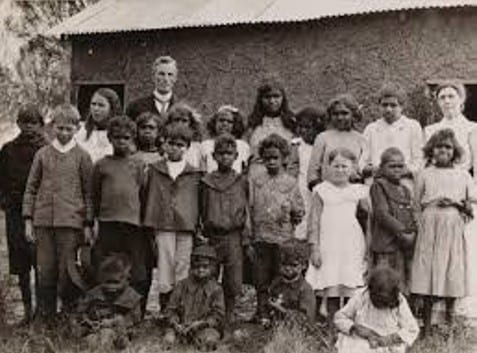
Closure
Thus, we hope this article has provided valuable insights into Stolen Dreams: The Heartbreaking Reality of the Stolen Generation and Their Treatment. We hope you find this article informative and beneficial. See you in our next article!


